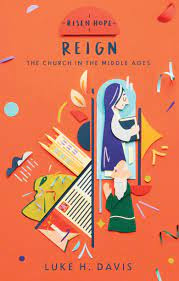It’s 1919. Lillie Mead is in New York City, living with her sister and her sister’s husband. Her heart is buried somewhere in Flanders, because the great love her life died two years previously during the Great War (what we now call World War I). She misses England and Oxford, where she’d attended as a student, even if her sex would prevent her from receiving a degree. But she had to get away from all of her memories of Jack, her great love.
An Oxford friend, Harry Green, misses Lillie, and he figures out a way to lure her back. He arranges for her to write a series of crime columns for the Oxford newspaper, beginning with what really might have happened to a local aristocrat, Lady Swindon, who died from what the doctor said looked like a case of poisoning. Lillie finally agrees to return, and she begins a series of adventures that will very nearly cost her life – and on more than one occasion.

Lisa Zumpano
An Unfortunate End is the first of (currently) six Lillie Mead mysteries by Lisa Zumpano. It’s a bit of Agatha Christie mixed with the Julie Andrews movie Thoroughly Modern Millie that might be called a “madcap mystery.” It’s chock full of scenes and situations that approach the straining of credibility, but the reader says “to heck with it” and goes with the flow. It’s an entertaining story made believable by the historical research of the period that obviously went into it. (A very minor blip: at one point, Harry Green quotes a line of poetry about London from T.S. Eliot’s The Waste Land. It’s a fitting description of London, and fits the story, but The Waste Land wouldn’t be published for another three years after the time the story is set.)
Zumpano has published various historical mystery novels in the 1920s. She’s currently working on two series, the Lillie Mead Historical Mystery series (with six books to date) and a spin-off spy series set during World War II. She lives in Vancouver, Canada.
An Unfortunate End is fun, and sometimes zany, but it fits the period – or our image of the period of the very beginning of the Roaring 20s, And it has more than one surprising twist to it.

















